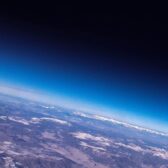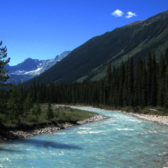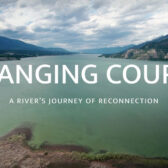Polar bears can't eat geese into extinction
By ScienceDaily
As the Arctic warms, a new cache of resources — snow goose eggs — may help sustain the polar bear population for the foreseeable future.
In a new study published in an early online edition of Oikos, researchers affiliated with the New York Museum show that even large numbers of hungry bears repeatedly raiding nests over many years would have a difficult time eliminating all of the geese because of a mismatch in the timing of bear arrival on shore and goose egg incubation.
“There have been statements in popular literature indicating that polar bears can extirpate snow geese quickly once they start to eat eggs,” said Robert Rockwell, a research associate in the division of Vertebrate Zoology at the New York Museum and a professor at the City University of New York.
“However, there will always be the occasional mismatch in the overlap between the onshore arrival of bears and the incubation period of the geese.
“Even if the bears eat every egg during each year of complete ‘match,’ our model shows that periodic years of mismatch will provide windows of successful goose reproduction that will partially offset predation effects.”
In the last few years, work along the Cape Churchill Peninsula of western Hudson Bay by Rockwell and colleagues has suggested that polar bears are not as hamstrung by their environment as many biologists believe.
One new nutritional option for polar bears is the bounty of goose eggs which had previously hatched into goslings that were gone by the time bears came ashore. In recent years, ‘early’ bears have left breaking sea ice to come ashore and consume eggs.
In fact, the earlier the bears come ashore, the better: eggs are higher in nutrients when the embryo is younger.
In the new Oikos paper, Rockwell and coauthors Linda Gormezano (also affiliated with the Museum) and David Koons (a researcher at Utah State University in Logan) simulated the timing of events during the Arctic spring: the break-up of sea ice, the movement of bears onto shore, the migration of geese to the North, and the laying of eggs.
Results from the computer model show that the mismatch of timing is something that both the bears and geese can use to their advantage.
The timing of geese migration is primarily based on photoperiod (the amount of light in 24 hours), which will not change as quickly as polar bear movements, which are based on the melting of sea ice.
Article continues: http://www.sciencedaily.com/releases/2010/11/101104154340.htm

